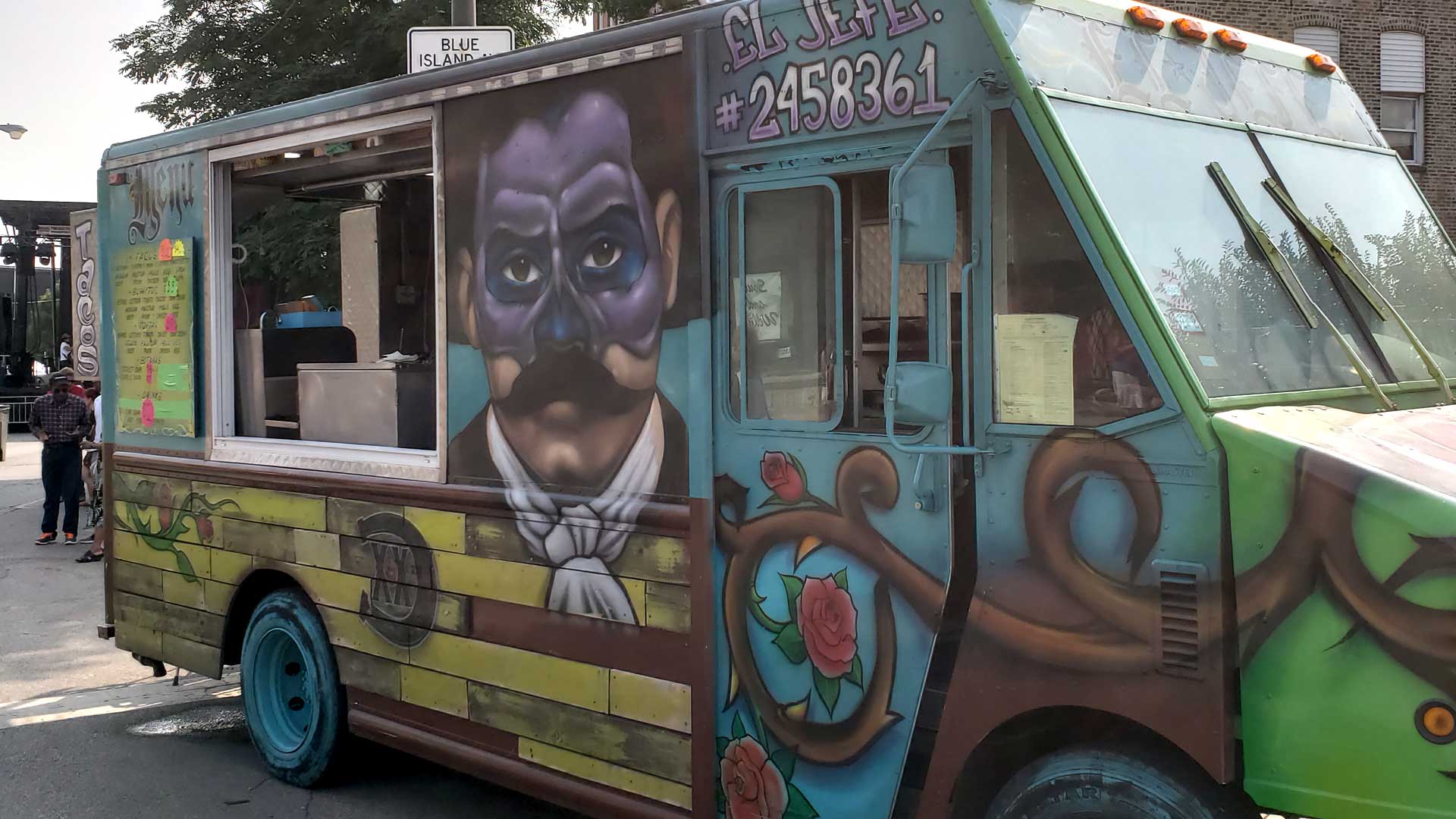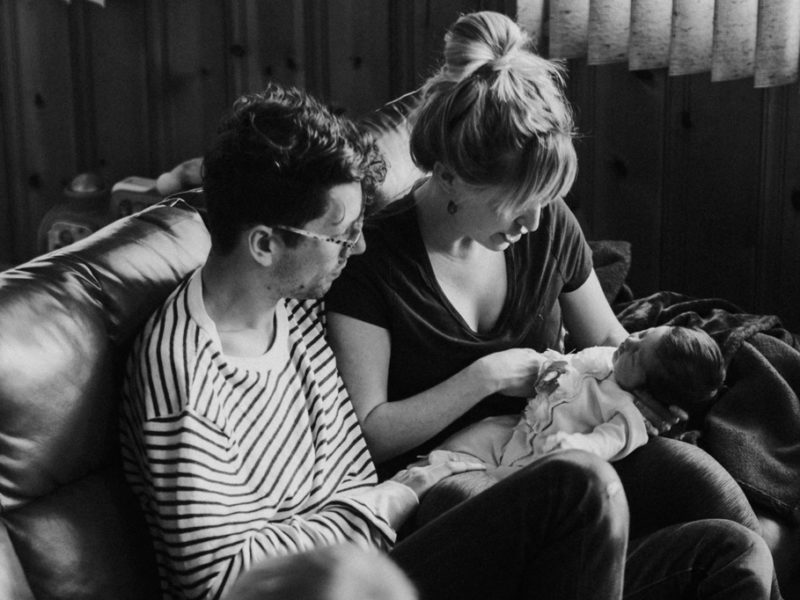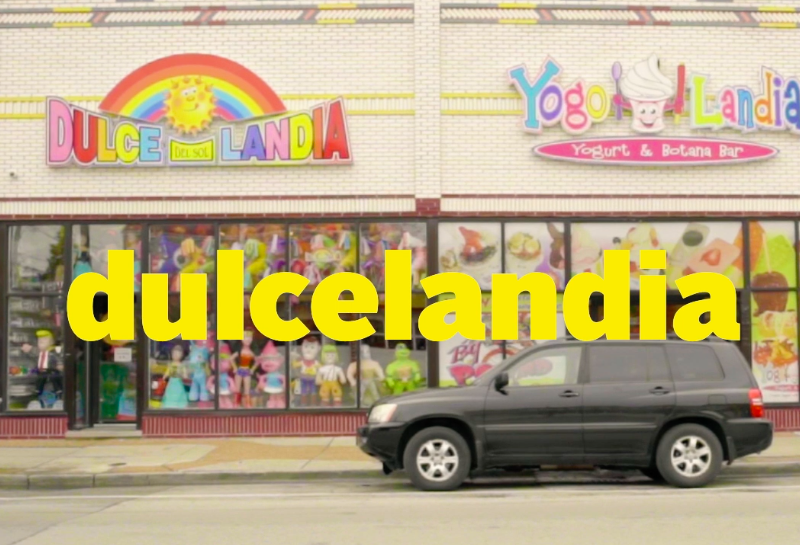Pilsen Fest x Sam Kirk: How Art and Collaboration Can Make Change in Our City
We’re thrilled to partner with Pilsen Fest and Sam Kirk to kick off The 77 Project: a storytelling project to shine a light on some of the many impactful organizations and individuals doing positive work right here in the city of Chicago. We selected Pilsen Fest as our community partner for the launch of The 77 Project because it is more than a street festival. It is a movement and a symbol of pride for the people of Pilsen who are actively combating displacement and the potential erasure of their culture in an area they know and love. Pilsen is located on the Lower West Side, which is in community area 31 out of the 77 we plan to spotlight through the end of the year:
On August 18-19, the Lower West Side of Chicago celebrated Pilsen Fest. Pilsen is a neighborhood rich in cultural talent rooted in the art, food, and music of the Latino community that calls it home. With that in mind, Pilsen Fest’s primary goal is to expose the Latino community to the immense pool of talent that exists in their own backyard to help preserve the cultural heritage of one of our city’s most vibrant neighborhoods.
This year, Sam Kirk was the featured artist at the Fest and created the iconic artwork that served as the face of this year’s event. Sam Kirk is a Chicago-based artist who dedicates her time and work to celebrate people and to inspire pride and recognition for underrepresented communities. We attended Pilsen Fest on Saturday, August 18, and had a chance to connect with Kirk at her booth, where she shared more about her connection to Chicago, how she uses her work to connect nonprofit organizations with the communities that need them, and how and why she got involved with Pilsen Fest this year.
What inspires you most about the city of Chicago?
Sam Kirk (SK): The people, I mean that’s pretty easy. The thing I wish more is that we were more aware of each other’s cultures because our city is so segregated. I grew up here in a mixed family, and we moved a lot, so I had a great childhood where we just jumped between neighborhoods. I love that our city is rich in culture, it just needs to mix more.
Do you think it’s common for artists born and raised in Chicago to stay and build their life and work here? Why did you decide to do that?
SK: I think it’s common because in Chicago, for a big city, it’s fairly easy to do that. In comparison to other big art markets like New York and San Francisco, Chicago’s cost of living makes it easy for an artist to sustain themselves here. The good thing is that we have space in ways that other cities don’t. So I think a lot of artists do stay here for that reason. I have traveled; I’ve lived in San Francisco I’ve lived in New York, and I have a second studio in Brooklyn. It’s a different process out there.
You work with organizations within Chicago to help connect them with the community and to shine a light on underrepresented communities. Did you always feel called to use your talent in this way or was there a moment? What inspires you to help tell these stories?
SK: There was definitely a moment. Growing up, I used my art as a communication tool to come out. So then it was always about talking about identity and also exploring my own cultures. I grew up in a family that is a couple generations past, so my mom doesn’t know a whole lot about her culture, so I’ve used art to learn about it.
I worked in advertising for 10 years and while I enjoyed it, I got tired of using my talent to create advertisements to sell stuff to people that they most of the time didn’t need. When I quit I was like, “I’ve got to use this skill; I’ve done it for 10 years! How can I use it?” I was already painting about issues on homelessness and segregation, you know, the things that we’re facing. I was like, I can’t be one of those artist that paints about it and doesn’t do something about it. So I decided to start working with nonprofits to create custom pieces that they could use to market themselves or as a visual piece to tell their story better. It’s been good; It’s been really fun.
How did you get involved with Pilsen Fest this year?
SK: So one of the organizers for Pilsen Fest, Franky, has been following my work for seven years. She was one of the first people to document me painting a mural. We’ve stayed in touch throughout the years. We are both part of the LGBT community, and I’m not afraid of putting that out there. That, along with me being Latina, is in my murals; it’s in different things [that I do]. I think she really appreciated that, and it has definitely sparked a lot of conversations. There has been an ongoing interest between the work that we both do, and it has kept us together.
In the sea of Chicago summer festivals, what do you believe is different and/or special about Pilsen Fest and its mission?
SK: I think with a lot of the other festivals it’ll feel like there is a festival in a neighborhood, but this actually feels like Pilsen. This feels very similar to walking down 18th street or if you’re at a block party or something else in the neighborhood, Pilsen Fest feels very similar to that. I think it’s because they brought in so many local businesses, like I know half of these artists. I can walk down to get food and people are like, “Oh, hey, Sam!” It feels like the neighborhood.
And lastly, Congrats! You’re the featured artist at the fest this weekend and receiving an award. Can you tell us more about that award and the meaning behind it?
SK: It’s the Revueltas Award, an award they give out every year. They give it to two people: One award went to an author for the work he’s doing around immigration, and the other went to me for the work that I do within the community. It’s a socially-focused award, so the nonprofit work and the murals, as well as the content that I talk about in my work are the reason I believe Franky selected me.
More about Pilsen Fest:
Learn more about Pilsen Fest and its mission at: pilsenfestchicago.com.
Follow Pilsen Fest on Facebook to get involved with their next event.
More about Sam Kirk:
Learn more about Sam Kirk and let her work inspire you at: iamsamkirk.com.
Follow Sam Kirk on Instagram here.
Learn more about Sam Kirk’s Fewrmin Revueltas Visual Arts Award here.
The 77 Project is a storytelling and media project presented by Xfinity to help redefine the narrative of our neighborhoods from the inside out. We’ll spend the remainder of 2018 shining a light on organizations and individuals in each of the 77 community areas of Chicago who are making a positive impact. Know someone we should speak with? Recommend them here.








